Weird Body Quirks: From Brain Freeze to Hiccupping


The Brain Freeze
Oh no, not again! Another frozen treat, another brain freeze. “Ice cream headaches” happen when something cold touches nerves in the roof of the mouth, triggering blood vessels in the front of your head to swell. This rapid swelling causes the familiar, jabbing pain of a brain freeze. An easy solution? Try eating ice cream or other cold foods more slowly to avoid getting a headache.
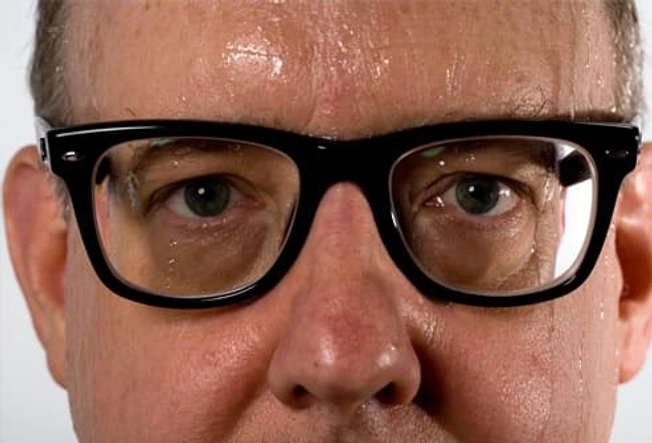
Excessive Sweating (Hyperhidrosis)
Sure, it’s a mood killer, but this problem is very common and happens to completely healthy people. While it can occur on the face, sweating is usually worse on the palms, soles, and in the armpits. Treatment may include aluminum chloride antiperspirants, Botox injections, oral medications, mild electrical currents, or even surgery.

Vertigo
Whoa! If it feels like the room’s moving when it’s not, it could be vertigo. Sometimes caused by inner ear problems or nerve damage, vertigo can last minutes, even hours. To distinguish vertigo from dizziness, there must be a feeling of motion; other symptoms that may occur include hearing loss, ear discomfort, and unusual eye movements. Treating vertigo depends on the cause. Go to your doctor for a complete evaluation.
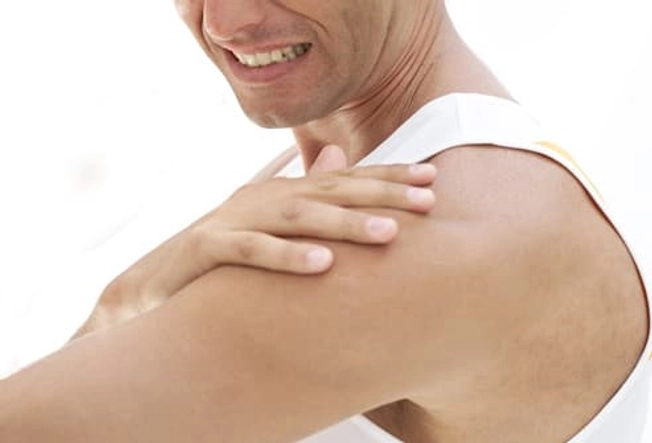
Arm or Leg Goes to Sleep
Ever get that dull feeling in your arm or leg like it’s asleep? This temporary and harmless sensation is caused by constant pressure on nerves, leaving them unable to transmit messages to your brain. The cure is simple: change positions. As feeling starts to come back to the area, you may experience tingling (“pins and needles”) for a little while. Chronic tingling indicates a more serious underlying condition that should be evaluated.
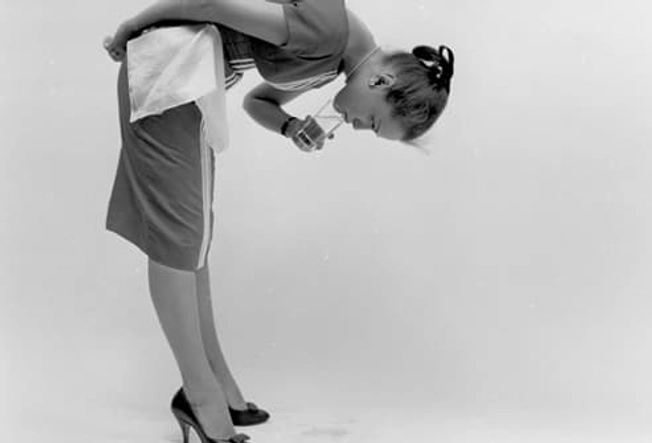
Hiccups
Hiccups are an uncontrollable contraction of the diaphragm (the breathing muscle under the lungs). Eating too much or too fast, overdoing alcohol, or swallowing air can all cause the hiccups. They usually go away on their own, but you can try remedies like holding your breath, quickly drinking water, and breathing in a bag to help hasten hiccups away.
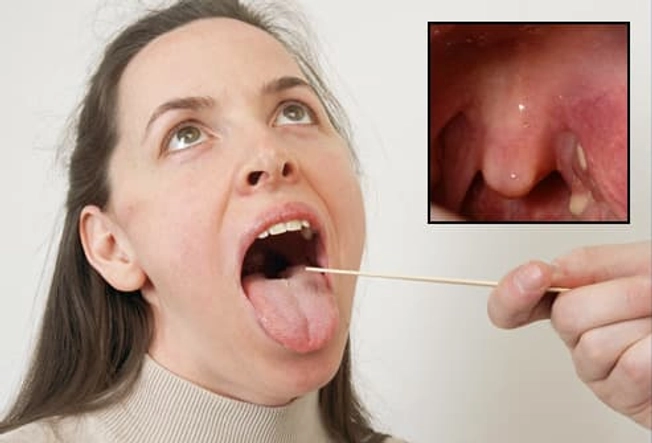
Tonsil Stones
Although those bad smelling lumps can be uncomfortable, tonsil stones (also called tonsilloliths) are generally harmless. Hanging out in the tonsil pockets, they form when bacteria and debris get trapped, forming a hard piece of matter and a bad taste in your throat. You can remove small stones with a swab, but if they’re not bothering you, no treatment is necessary.

Ear Popping
We’ve all yawned on a plane trip to “pop” our ears. What we’re doing is equalizing the pressure between the inside and the outside of our eardrum as the altitude changes. That “pop” means a tube connecting your middle ear to the back of your throat has opened, relieving pressure. To help, you can also close your mouth, hold your nose, and blow gently; or try chewing gum or yawning.

Charley Horse
This startling muscle spasm can last a few seconds, even several minutes. Dehydration, muscle overuse, nerve irritation, and low levels of certain minerals -- like potassium and calcium -- can be culprits. Walk around to relieve the pain, or shake your leg and stretch the muscle. If cramps persist, see your doctor.
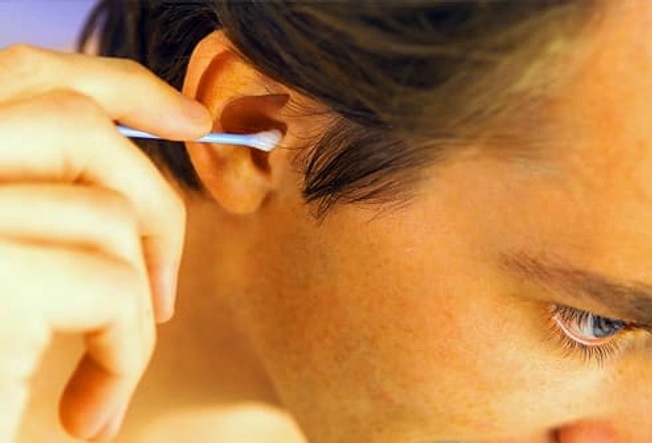
Ear Wax Buildup
Keep fingers and cotton swabs out of your ear canals. Earwax helps fight infection, keeps ears clean, and our bodies naturally get rid of excess earwax through the ear opening. When we try to clean our ears with a swab or another object we may block the canal with an earwax plug. Impaction symptoms include pain, itching, ringing of the ears, or hearing loss. Your doctor can remove excess ear wax with irrigation or manual removal.
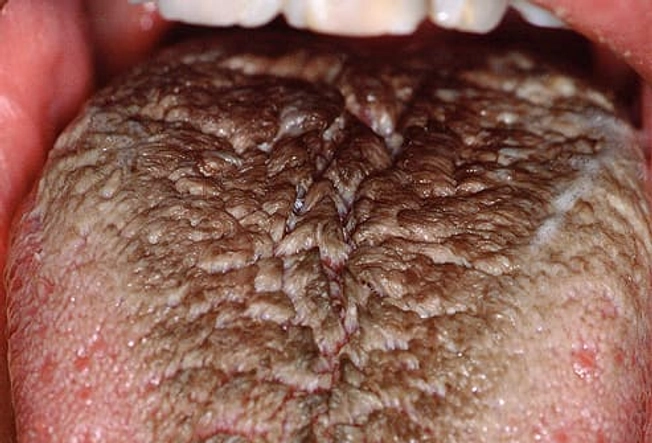
Black Hairy Tongue
No, this isn’t something from a creature feature. Black hairy tongue occurs when the little bumps on your tongue grow long (instead of shedding), and bacteria grow on them. Poor oral hygiene, smoking, some mouthwashes, radiation therapy to the head and neck, and certain medications can play a role. To help, brush your teeth and tongue twice a day, use a tongue scraper, and avoid aggravating factors.
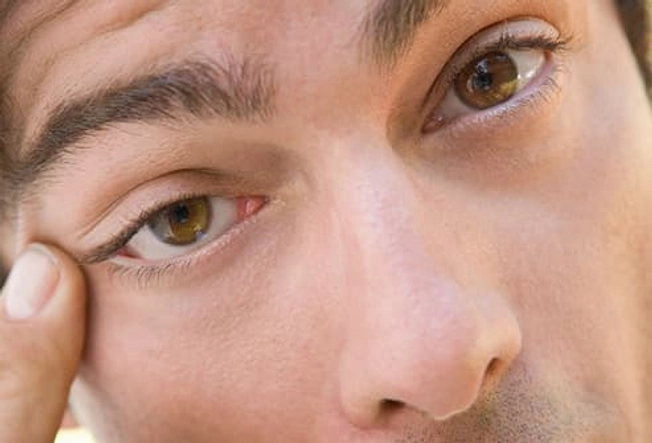
Eye Twitching
Eyelid spasms are unpredictable, bothersome, and harmless. Eye twitching can be caused by stress, fatigue, eyestrain, caffeine, and dry eyes, though more serious twitching may be caused by neurological disorders, like Tourette’s syndrome. Eyelid spasms usually go away on their own, but if they are severe, Botox injections may be recommended.

Overdevelopment of Male Breasts
Gynecomastia is usually caused by normal changes in hormone levels at birth, puberty, and later in life. For newborns and boys, the ratio of estrogens (female hormones) to androgens (male hormones) balances out in time. It’s also seen in men as they age, often related to certain medications, liver or kidney problems, or tumors. A physician’s evaluation is important to get to the root cause, but by itself, the condition is usually harmless.

Dark Circles Under the Eyes
Got raccoon eyes? People blame age or fatigue for these dark circles and they’re right. Lack of sleep makes your skin pale, emphasizing the dark circles, while age means thinner skin around the eyes, making it easier to see any discoloration. Allergies can also lead to dark circles, and heredity plays a role, as well.

Excessive Hair Growth
Few women enjoy excess hair on their face and body, but while hirsutism can be embarrassing, it’s generally harmless. Hirsutism affects about 5% of women. It may be genetic or caused by polycystic ovary syndrome (PCOS), a condition characterized by an excess of androgens (male hormones). In rare cases, hirsutism is caused by hormone-secreting tumors. Treatment depends on the cause and can include bleaching, electrolysis, hormone therapies, and laser hair removal.
Seen here is Mexican painter Frida Kahlo (July 6, 1907 - July 13, 1954).
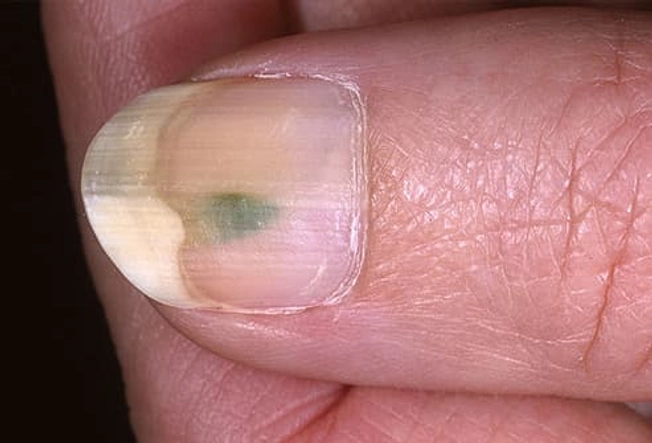
Discolored Nails
Curious about color changes in your nails? About 50% of nail problems are caused by fungal infections. Greenish nails may come from pseudomonas bacteria and are easily treated with antibiotics. Yellowish nails are often a sign of fungus. And red, purple, or black under nails may be caused by blood resulting from injury. Changes can also be related to medical treatments or signal a more serious condition. Unsure? Get those nails checked!
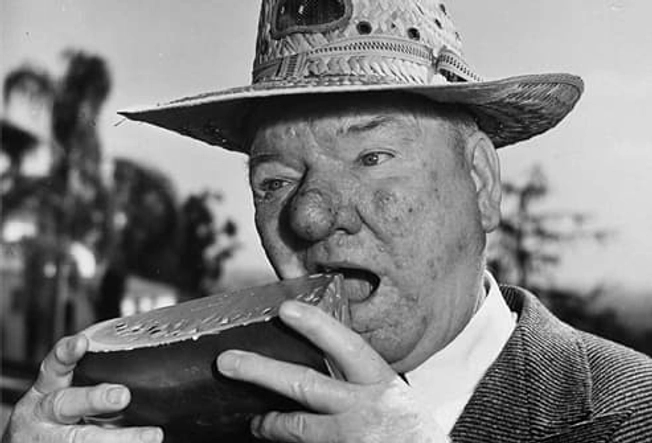
Red Nose From Rosacea
Rosacea often causes red patches on the sensitive skin of the face. In rare cases the nose becomes thickened and bumpy, a condition called rhinophyma. This is more common in men than women, and genetics do play a role. Treatments at this stage can include lasers and other light therapies, dermabrasion, and electrocautery.
Seen here is comedian W.C. Fields, whose red, bulbous nose is characteristic of advanced rosacea.
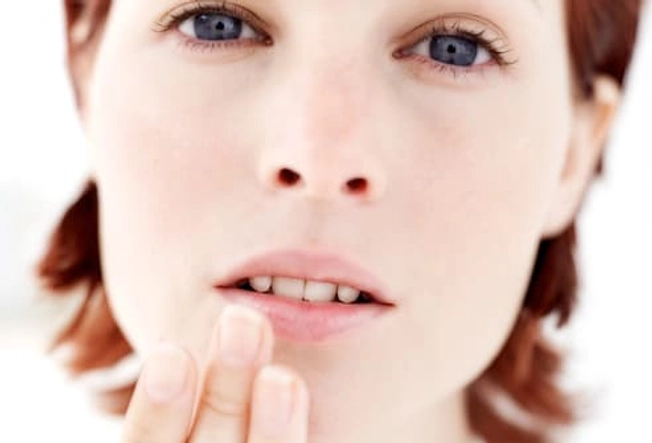
Canker Sores
Canker sores are small ulcers inside the mouth. They are also called aphthous ulcers. Unlike cold sores, which appear as painful, small blisters and are very contagious, canker sores are not caused by a virus. Certain foods or nutritional deficiencies may trigger a canker sore, as can emotional stress and a mouth injury. When needed, treatments include topical medication and mouthwash solutions.